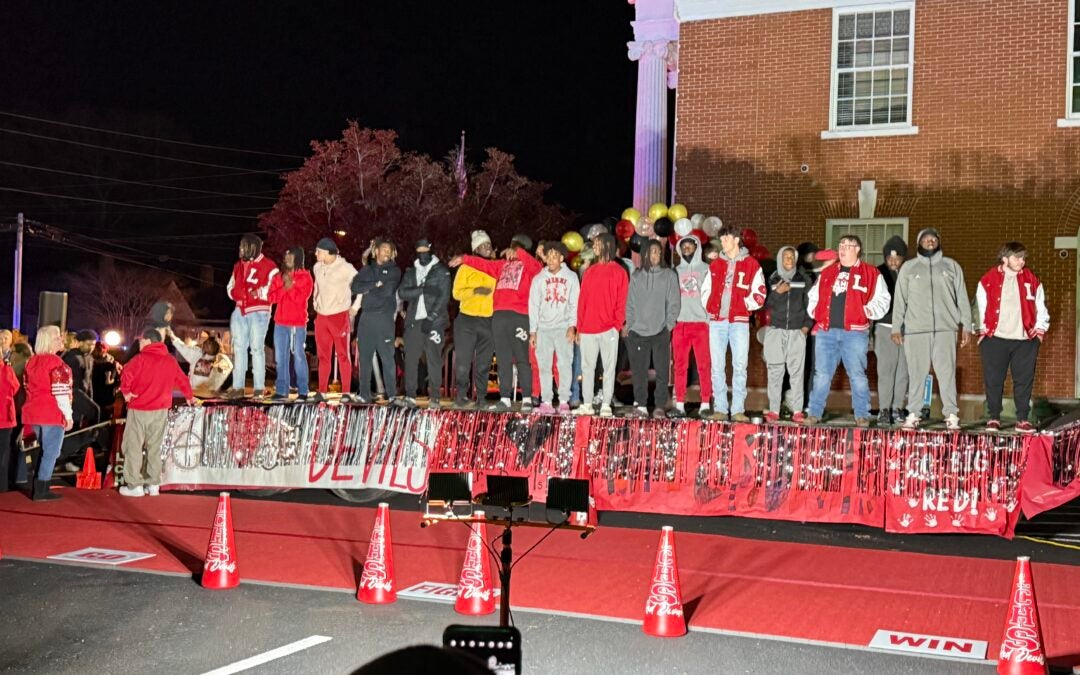While most Americans strive to live up to the phrase “one nation, under God, indivisible,” the truth is that the United States was born out of violence and has suffered varying forms of political violence since its inception.
While loss of life is rare in political pileups, when it does happen, it causes shockwaves.
America has lost four presidents to political violence. Meanwhile, only one British Prime Minister, Spencer Perceval, has suffered the fate of assassination.
Rhetoric always heats up near election day as campaigns attack one another with invective using every attempt to cast the opponent as a demon while also attempting to cast their candidate as a “victimized angel.”
The South after the Civil War was every bit the powder keg that it was before the war. Lincoln’s death at the hands of John Wilkes Booth did not cause the country to pause and reflect, but rather lines were dug even deeper, and no one was ready to budge, much less concede.
The small hamlet of Hamburg became the flash point that led to a political turning point in America, according to the Library of Congress, and sadly, many lives were lost in the process.
Hamburg sat across the river from Augusta and, like Springfield Village in downtown, it was a primarily Black community.
According to the South Carolina Information Highway, Hamburg was a peaceful town, known primarily for its pottery. However, the tiny town was part of a state in massive political flux.
Judith Geisburg, writing in the Journal of Southern History, says the census of 1870 cannot be used as any definitive measure as there were multiple attempts to quell Black participation in politics. However, census records aside, South Carolina, at the time, was either majority Black or right at the tipping point, according to Blackpast.org, and had been in many regions of the state since before the Civil War.
While many former slave owners could stomach the fact that the war had ended slavery, the fact that Blacks were gaining political power was too much for many. Even revered publications such as Harper’s Weekly printed political cartoons depicting Black politicians as buffoonish caricatures.
Like many Black communities, Hamburg had its own militia. The militia was not only in place to hunt down rabid foxes and keep outlaws at bay, but they were also created to protect the citizenry from political violence.
Just prior to the South Carolina gubernatorial election of 1876, racial and political tensions boiled over in Hamburg.
On July 4 of that year, two White farmers from Edgefield, Thomas Butler and Henry Getzen, decided to drive their carriage through the main street of Hamburg at precisely the time the Hamburg militia was holding its exercises.
What happened next is unclear. The farmers said the militia taunted them; the militia men said it was the exact opposite. What is clear is that the men were allowed to pass through town peacefully, but they still filed a complaint with the local magistrate demanding the militia be disbanded, according to Richard ZucZek, author of State of Rebellion: Reconstruction in South Carolina.
When the demand was not met, the White men showed up in Hamburg with a posse that numbered in the hundreds. Some 25 militiamen along with 15 residents barricaded themselves in a stone building the militia used as an armory under a hail of bullets.
After the guns fell silent, seven people, six of them Black militiamen, lay dead.
Running for reelection as governor, Democrat Wade Hampton used the massacre as an example of why Blacks should be kept under control. He was, in effect, blaming the victims for their own murder, according to Zuczek.
The interesting thing was that Hampton was running unopposed and had no reason, other than possibly contempt, to use such heated rhetoric and continue to fan the racial flames.
While Reconstruction was already winding down, Blackpast notes that in the minds of many Black people, Reconstruction was dead, and the South was never going to be a safe place for them and their families, and the Great Migration of Blacks to the North began.
Hamburg would exist on paper for a few more decades, but never really flourished again as a real town after the massacre.
…And that is something you may not have known.











